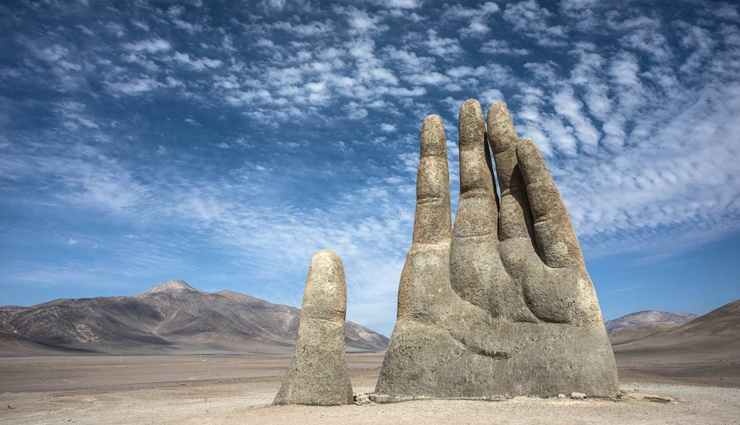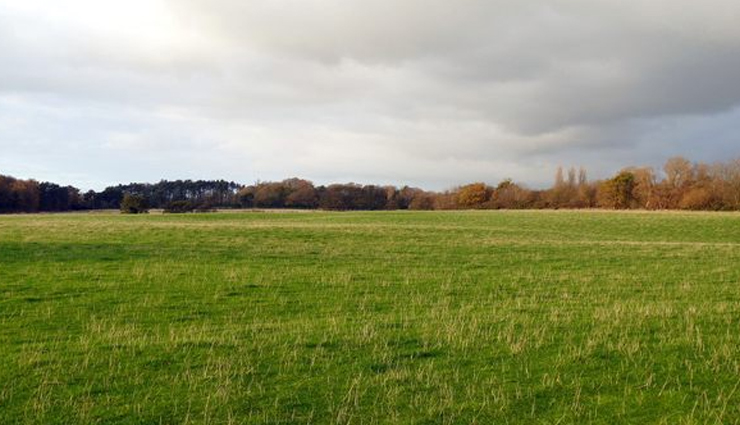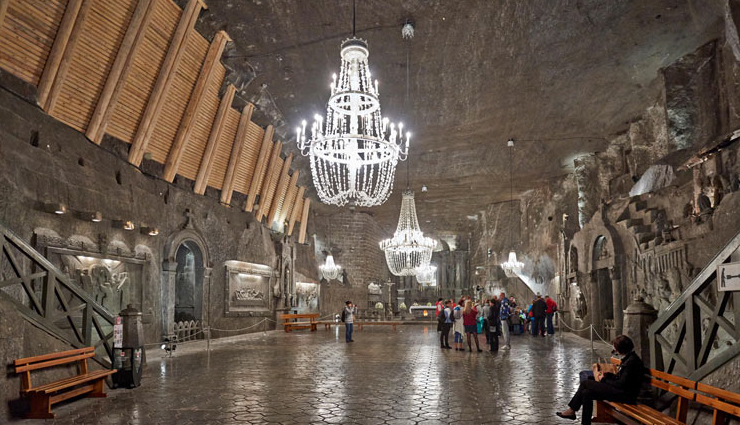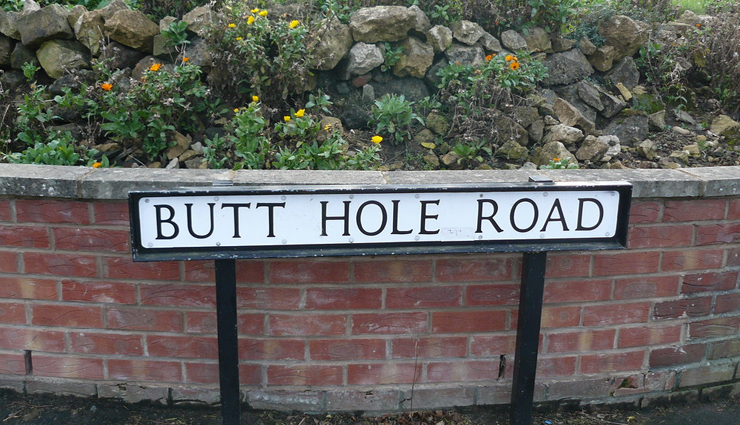6 Places Around The World That Are Famous For Weird Reasons
By: Kratika Mon, 06 June 2022 2:24:44

Have you ever wondered what made a place famous? Obviously the answer is the points of interest. Notable landmarks such as the Eiffel Tower in Paris or the Rio de Janeiro’s statue of Christ the Redeemer. Natural beauty such as the Jungfrau region of the Swiss Alps or Arizona’s Grand Canyon. Not to mention places of historic and architectural significance, from the Tower of London to New York’s Empire State Building.
However there are also some places that are famous for quite bizarre reasons. There’s the US town that completely went to the dogs once its general store burned down, to the UK laneway that became the butt of pranksters.
An “undiscovered” Pacific Island and an Australian mountain peak that continues to grow. Some of these places you may not want to visit, others may prove a tad difficult, unless you venture into the online world. All of them are famous for quite bizarre reasons.

# The Town that Wasn’t There
The small UK town of Argelton in East Lancashire has an official postcode, real estate listings, weather forecasts and job vacancies online. The only catch is that it doesn’t actually exist.
The town which appears on Google Earth and Google maps is actually a vacant field adjacent to the A59 highway. Online services utilizing Google data mistakenly attributed many businesses and services within the same postcode area as being located in the phantom village.
The anomaly was detected in 2008, receiving worldwide media attention and spawning a host of fictitious websites in a mockery of the Google error.
Explanations for the town’s appearance in Google include cartographers inserting fake place names to catch out copyright violations, to confusion with the parish of “Aughton” in which the fictitious village is located.

# Snow-less Ski Field
A fundamental requirement for a ski field would have to be snow, one would presume. However Monte Kaolino is the world’s only snow-less ski field. Located in Hirschau, Germany, Monte Kaolino is in fact a 110 meter high man made sand-dune.
Named for the kaolinite quartz sand which was historically mined in the district, the sand became a problematic by-product when producing the mineral used in many industrial and medical applications.
The slag-pile of sand had grown so high by the mid 1950’s that one local grabbed the skis and used the mountain for ski practice. Before long a ski club was formed with sportsmen wanting to practice their downhill moves on the pile of sand.
Today the sand mountain even boasts a ski-lift, campground and water park, and also hosts the world sand boarding championships.

# Underground Town
The iconic Australian country town is a remote community with a pub on each corner, where the Akubra-wearing locals gather to say “gidday”. However the town of Coober Pedy has one distinct difference. Most of the town’s 1700 residents all live underground.
The mining town in the South Australian outback records summer temperatures of up to 45C (113F). Early opal miners adapted to the inhospitable environment by creating underground “dugouts” to escape the searing heat. The local indigenous population were so amused by the miners creating rabbit-like burrows they referred to the town as “white fella in a hole”, or “Coober Pedy”
Today most of the town’s homes and public buildings are carved out of the subterranean sandstone, where the temperature maintains a cool 23C (75F) year round. Here you will find homes, churches, restaurants, bars and churches, located deep underground without natural light and air flow.

# Undiscovered Island
xplorers ventured out on many voyages of discovery throughout history, however very few places have ever been “undiscovered”.
Captain James Cook first charted the tiny island of “Sandy Island” north east of Australia in 1774, with the whaling ship “Velocity” confirming the existence of the land mass in 1876.
The remote Pacific Ocean island conjures up images of an idyllic holiday among the swinging palm trees. However you may find difficulty in arriving at your destination.
Despite appearing on a number of maps, seafarers failed to locate the 24 kilometer long island. Google earth even recorded the existence of the pacific island, using data from these historic paper charts.
The island was officially “undiscovered” in November 2012 when Australian scientific researchers failed to find the island. In fact using modern-day technology, including Google’s geo-locations, they actually sailed straight through the island.

# Abandoned Capital City
The ancient city of Pompeii is famous as a civilization who (mostly) fled before their city was buried beneath the molten ash and lava from Mount Vesuvius in AD79.
However it is just 25 years since a Caribbean island which was once a playground frequented by the rich and famous suffered a similar fate.
Plymouth, once the capital city of the island of Montserrat is a modern-day Pompeii, where residents fled a volcanic eruption in 1995. The Soufriere Hills volcano had been dormant for four hundred years when it suddenly began spewing ash across the coast in July 1995.
Over 12,000 residents were forced to flee the series of volcanic eruptions which ensued, burying the city under 40 feet of ash and molten lava.

# Butt of Jokes
Language connotations tend to change over time and place names are no exception.
Residents of a small UK town became frustrated with being the joke of visitors who flocked for a tongue in cheek selfie with the village’s most infamous road sign.
Located in Doncaster, South Yorkshire, Butt Hole Road was originally named for a water butt at the end of the lane.
However in modern times, the name developed an entirely different meaning, which became a pain in the proverbial for local residents. Not only were they the obvious target of pranksters, but service providers, taxis and delivery companies often thought the address was a joke.





